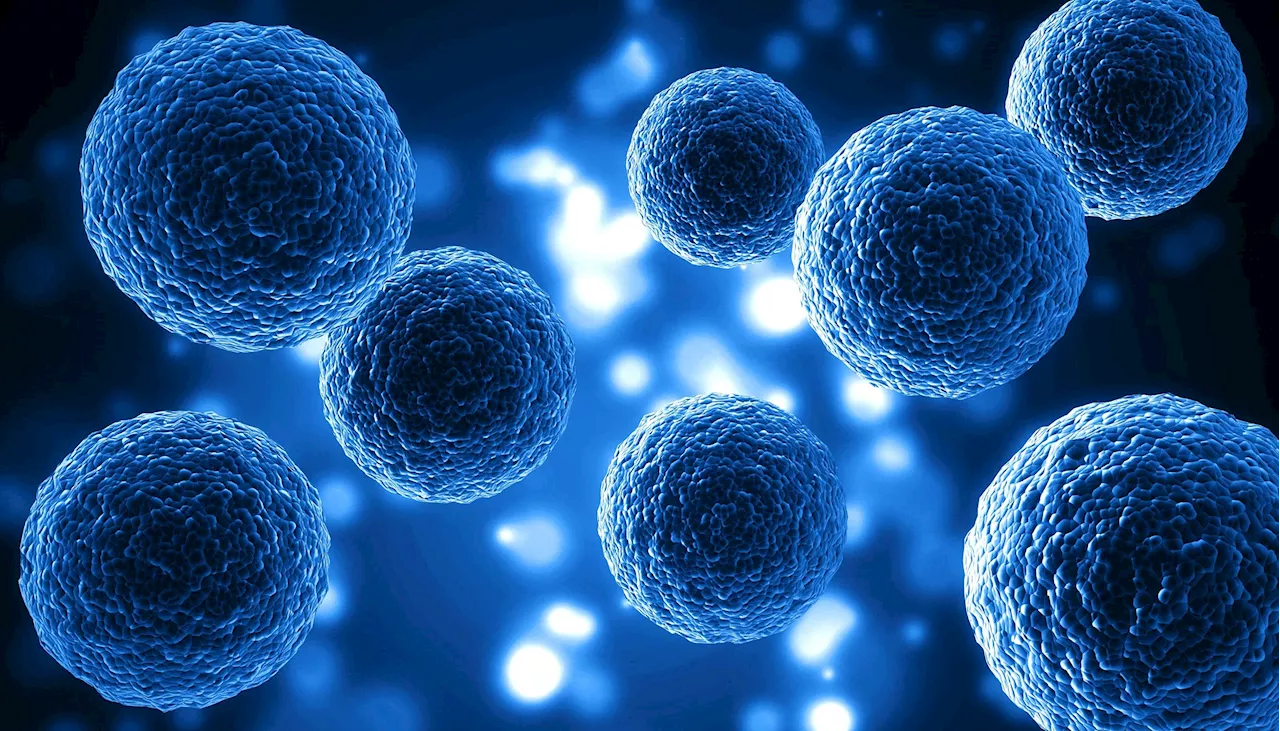Research containing mistakes (or academic malfeasance) has been included in literature reviews, sowing confusion and uncertainty.
We continue to appeal to scientific evidence because nothing is more reliable. Yet new evidence continues to emerge about how shaky the process of gathering scientific evidence truly is. We talked about this a few months ago, when the world was stunned by the superficiality of peer-review processes. This superficiality was illustrated by an image, created by artificial intelligence, of a mouse with four testicles and a giant penis.
These"phantom cell lines" have now been cited in literature review articles, thus increasing the confusion and creating a problem that could further undermine the solidity and credibility of oncology research. A few years ago, for instance, it was shown that around 80 human cell lines routinely used in labs around the world were contaminated with other types of cells that were completely different from those intended.
The authors of most of the suspect articles identified in the latest study were Chinese doctors affiliated with hospitals. This population already has been identified as including major clients of companies that produce scientific articles. But the phenomenon could be much larger.
Health And Medical Tech Health And Med Tech Health And Medical Technology Healthcare Technology Medical Technology Clinical Research Clinical Trials Clinical Studies Pre-Clinical Trial Double-Blind Study Double-Blind Studies Single-Blind Study Single-Blind Studies Medical Literature Textbooks Bladder Cancer Malignant Bladder Neoplasm Fraud
日本 最新ニュース, 日本 見出し
Similar News:他のニュース ソースから収集した、これに似たニュース記事を読むこともできます。
 Studies reveal cell-by-cell changes caused when pig hearts and kidneys are transplanted into humansTwo new studies detail the changes seen at the single-cell level in pig organs and recipient human bodies before, during, and just after the xenotransplantation surgeries in the decedents.
Studies reveal cell-by-cell changes caused when pig hearts and kidneys are transplanted into humansTwo new studies detail the changes seen at the single-cell level in pig organs and recipient human bodies before, during, and just after the xenotransplantation surgeries in the decedents.
続きを読む »
 A change of direction: Research reveals a new method to manipulate cell movement in embryosAs embryos grow from conception to birth, cells multiply rapidly and move in a highly organized manner to create the skeleton, organs and other crucial systems. But how do cells know to move in precisely the right direction at the right time to create a fully formed, complex living organism? This is a deeply challenging question for scientists.
A change of direction: Research reveals a new method to manipulate cell movement in embryosAs embryos grow from conception to birth, cells multiply rapidly and move in a highly organized manner to create the skeleton, organs and other crucial systems. But how do cells know to move in precisely the right direction at the right time to create a fully formed, complex living organism? This is a deeply challenging question for scientists.
続きを読む »
 Columbia Scientists Unravel a 15-Year Mistake in Stem Cell ResearchScience, Space and Technology News 2024
Columbia Scientists Unravel a 15-Year Mistake in Stem Cell ResearchScience, Space and Technology News 2024
続きを読む »
 Study finds widespread 'cell cannibalism,' related phenomena across tree of lifeResearchers describe cell-in-cell phenomena in which one cell engulfs and sometimes consumes another. The study shows that cases of this behavior, including cell cannibalism, are widespread across the tree of life. The findings challenge the common perception that cell-in-cell events are largely restricted to cancer cells.
Study finds widespread 'cell cannibalism,' related phenomena across tree of lifeResearchers describe cell-in-cell phenomena in which one cell engulfs and sometimes consumes another. The study shows that cases of this behavior, including cell cannibalism, are widespread across the tree of life. The findings challenge the common perception that cell-in-cell events are largely restricted to cancer cells.
続きを読む »
 Scottsdale Research Institute leads global 'magic mushroom' research studyMultiple groups successfully advocated for the Legislature to approve the grant
Scottsdale Research Institute leads global 'magic mushroom' research studyMultiple groups successfully advocated for the Legislature to approve the grant
続きを読む »
 U.S. Rep. Scott Perry, your KKK comment was neither ok nor correctThe party lines of the 1860s and 1870s are not the party lines of today.
U.S. Rep. Scott Perry, your KKK comment was neither ok nor correctThe party lines of the 1860s and 1870s are not the party lines of today.
続きを読む »
